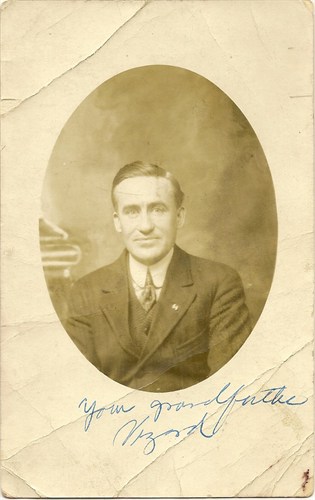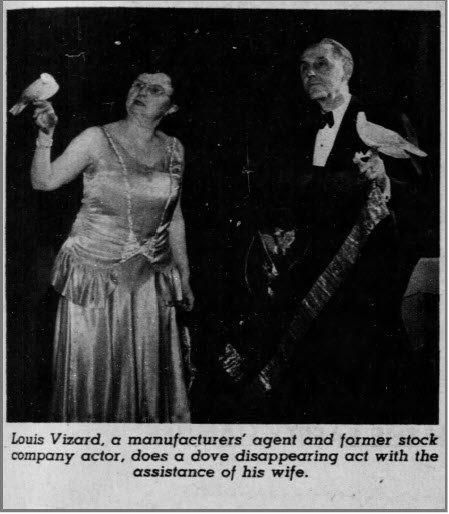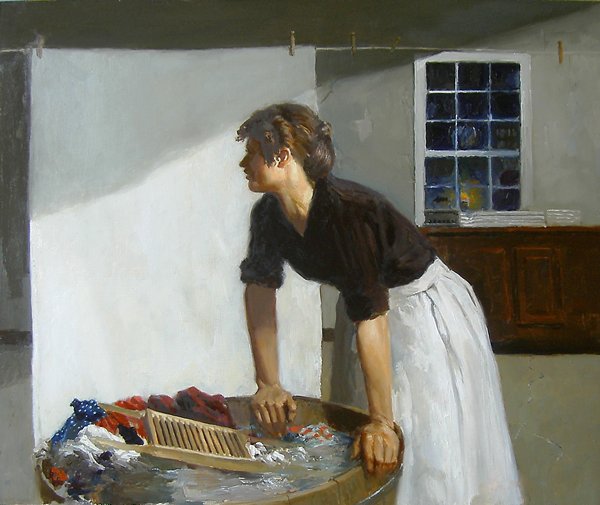
“Washer Woman” by Martin Driscoll @ driscollfineart.com/ with the gracious permission of Judith Driscoll Ruth, with assistance by Ralph Ruth.
Mary. Mary holds the answers. Mary is also the one whom I’d most want to visit and encourage if I could. Although I sense that somehow she already figured out how to endure and make her way through her 69 years of life.
As I have tried to approach the subject of Mary Rogers Vizard, I have swung between the straight narrative timeline, or coming to her through a study of her work as a laundress. (“The Worst Chore in the World” by Gregory LeFever, covers the subject wonderfully.)
It was in trying to study washing clothes as a job in the 1800’s that I searched for a picture in the common domain to represent a Mary the washerwoman.
As I searched for a suitable picture, I saw caricature after caricature of the old sort of adorable but crude “Irish Washerwoman” or of big brutish women in cartoons and other undignified images. I found some strong images, but they were clearly French, Russian, Italian, Civil War, or African American. For the Irish American, nothing but comedy.
Until I found the picture at top of this essay.
This work, by Martin Driscoll, whose other works can be found officially at Driscoll Fine Art hit me with such force that I said, “There she is.”
It is all there in this lovely, lovely portrait of an Irish washerwoman: what I feel about Mary after seeking and studying her for the last 8 years:
Mystery…
in the turned away face. Who is she, really? Did she laugh easily? Or was she serious? Did she understand her son Victor Vizard? Could she tell me if he is really her son William born in New Brunswick? And if so, why might he have changed his name? And if not, where and when was he really born? Why did he get put with relatives, which relatives? Was she in touch with her father Meredith Rogers when he moved to Maine… did she know he went to the insane asylum? Did it break her heart? Did she ever get to visit her many siblings and nieces and nephews? How did she meet her soldier husband Michael Vizard, and marry him in Montreal in 1865 when she was only 18? Is that how she became a laundress? Working for the British Army stationed there? Is that how she met him?
Strength… Endurance
But more than those questions, how oh how did she bear these years….
William born 1868, followed by little Henry (1871 in Quebec) and Walter (1874 in St. Catharines, Ontario), followed by:
The horrible summer of 1876, which took little Henry and Walter (5 and 2 years old) in under one week, July 22 and July 26, from cholera and scarlet fever, leaving only William.
In just over a year from that dreadful week, she had her first little girl, Louisa Harriet in September 1877, only to lose Harriet just 3 months later to “teething” in December…
Her son Victor always gave his birthday as September 17, 1877, but there is no record of a twin at the time. (Strangely enough, Victor was father to two twins Victor and Victoria who died in 1904.) Maybe he was given right away to a relative, but it seems unlikely, unless Mary and Michael didn’t have the strength to care for the second. But there is no Victor in any records nearby or even for the time. I have been going with the hypothesis that he is really William b. 1868.
I have taken to imagining that maybe Victor took this birth date because when he lost his little sister, there was some kind of rupture in their world. And her birthday was some kind of starting point for him. I don’t know.
Louis Joseph Vizard, born on March 21, 1880 was the one she really got to keep. Louis is the son who gave her a burial place and a fine funeral. I’m glad she had Louis.
And what of her husband Michael Vizard? A soldier for the first nine years of their marriage, after that he held a series of jobs: bartender (1877), coachman (1881), grocer (between 1881 and 1884, when his store was closed by the Sheriff), and finally, tanner (1891, such onerous work!)
So many job changes signal to me a great adaptability and a willingness to learn on his part, but also points to struggle and instability for their financial life.
She first appears as a widow in 1891 in the City of Hamilton near St. Catharines and still on the Niagara Peninsula , with little 11 year old Louis only. There, she is listed as a lodger in the James Austin household, with her job listed as “Laundress.” She is marked as employed, with an “Eg” for the employer. I have not been able to determine what Eg means.
(With the loss of the 1890 US census, I’ve never been able to locate Victor in Canada nor the US until he pops up for the first time in 1900 in Boston, Massachusetts.)
She appears again in 1891 in Hamilton, Ontario, Canada as a boarder, listed as a domestic.
She appears to have emigrated to the U.S. in 1905 at age 58, as that is the year provided in the 1910 U.S. Census, where she appears in the employ of the Wolff family on 6217 Fifth Avenue in Pittsburgh as a “Servant, Private Family”. Their home (gone now) appears to have been in the historic Shadyside neighborhood possibly on “Millionaire’s Row”.
One interesting datum on the 1910 Census is that her age is given as 51 instead of 63 — her real age. This tells me a couple of things. That she may have been reducing her age mindfully, for her survival and the ability to retain employment. Also, that she must have aged well to be able to pass for 11 years younger.
The Need for Rest
Finally, in the painting, I am drawn to her hands, strong, and supporting her as she takes a moment to rest. Just a moment.
How many moments in her life did she wish for more?
She passed away on 13 April, 1916, while still in the employ of this household, of a cerebral hemorrhage, at the “Homeopathic Hospital”, which is today’s Shadyside Hospital.
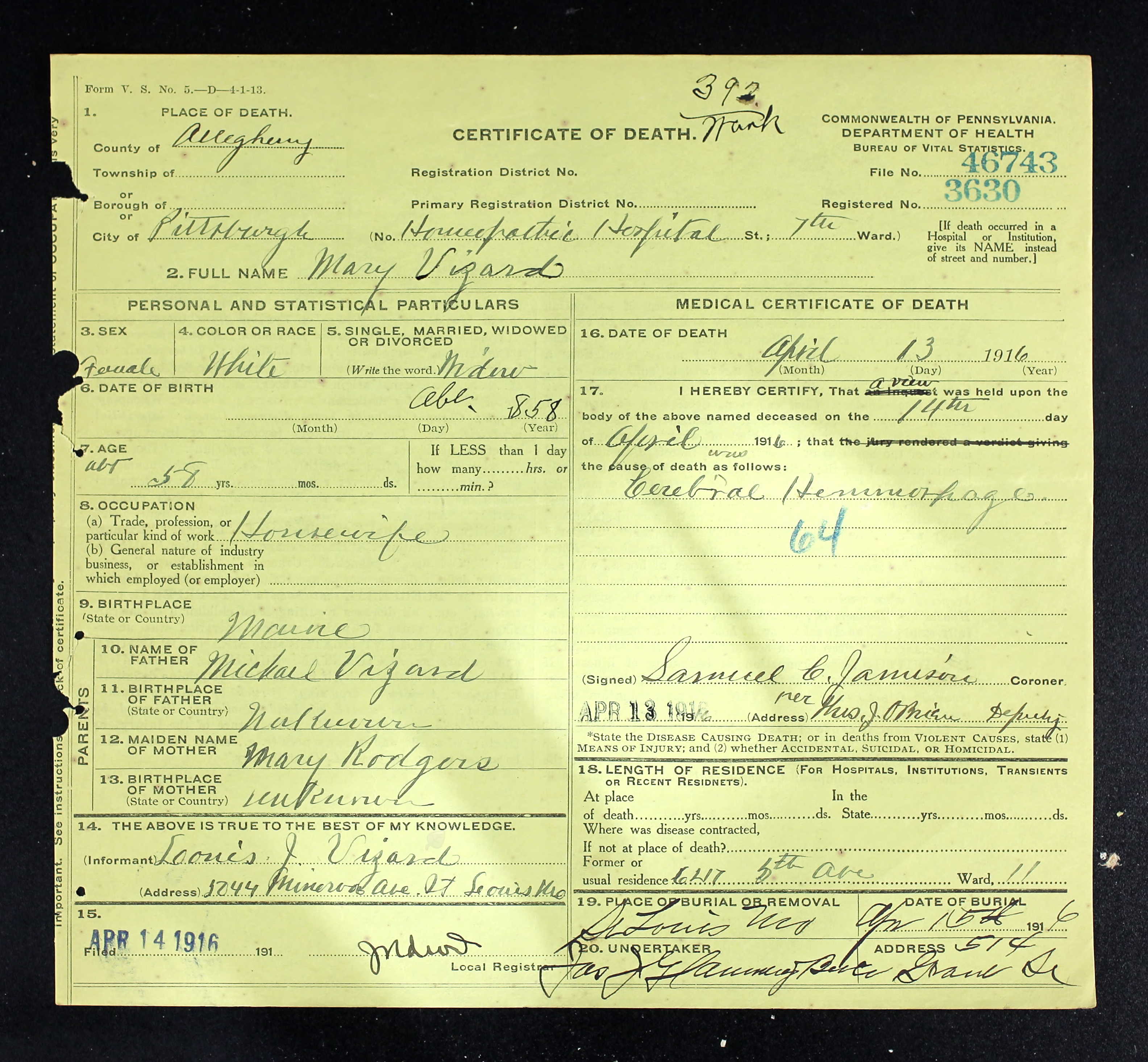
This Death Certificate frustrated me so very much for the years before I found her true birth parents, as her parents listed here are actually herself and husband Michael. I surmise that Louis acting as Informant was communicating over telegraph instead of phone, as the first transcontinental phone call was only the year before (1915). He might have been asked a cryptic “Parents?” to which he replied with his own.
Also, interestingly, she carries the younger age here, as well. I do not know if Louis provided that, or if the attending physician did. I suspect the physician arrived at that, with the assistance of the Wolffs, as it is a reasonable advancement from her given age of 51 in 1910.
Her son Louis, the only one of 5 who got to grow up with her, brought her out to be buried in his family plot, with a lovely send-off:
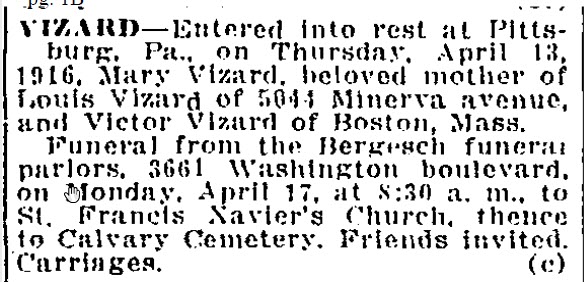
Please leave a flower for the enduring and courageous Mary at the Memorial I have sponsored at Find-A-Grave.
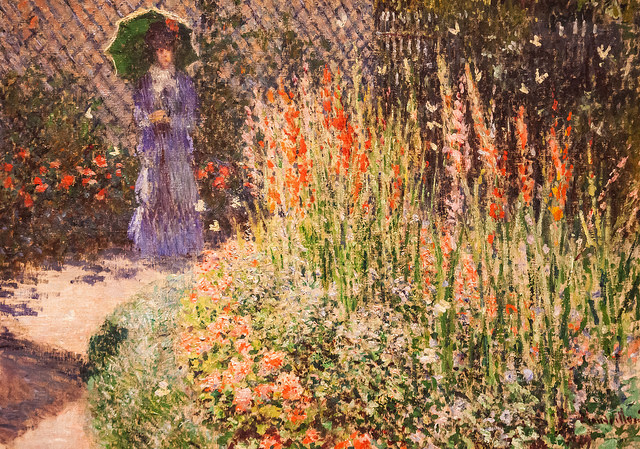
“Gladioli” by Claude Monet, c. 1876. Gladiolus symbolizes strength.

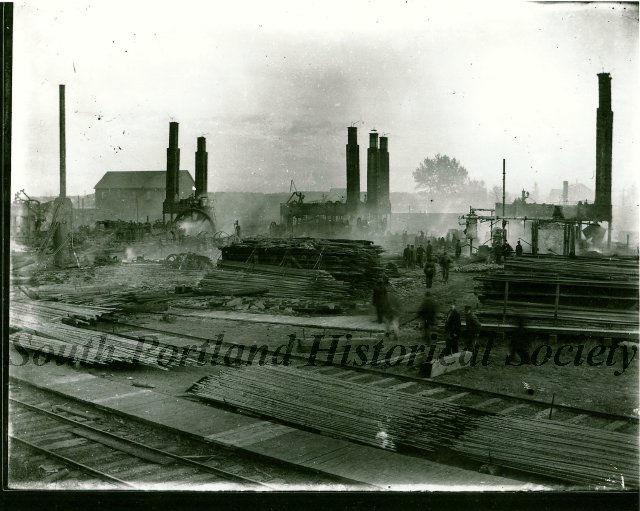
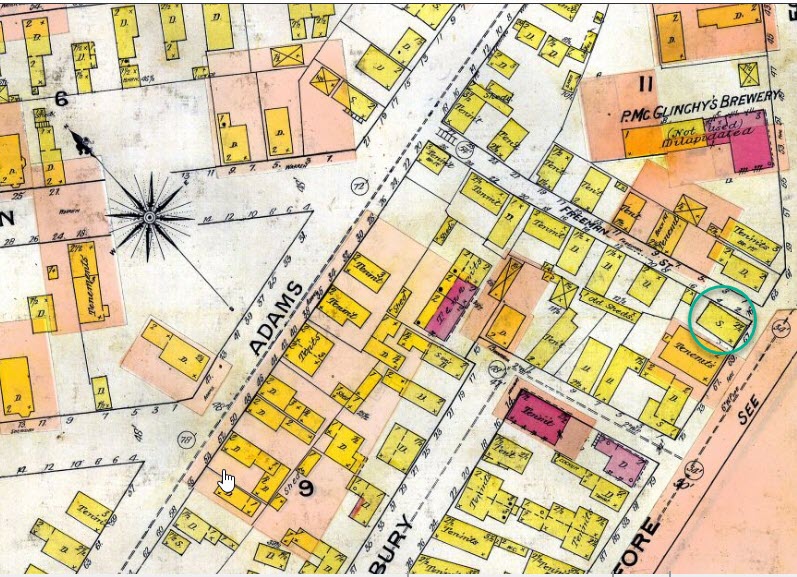


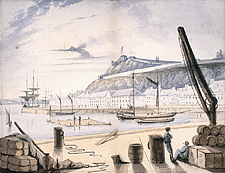

 His mother Hannah (Murphy) and father Peter Sughrue had 12 children, with Bob being the 6th, and his father seems to have disappeared and left the family when Bob was 16 years old.
His mother Hannah (Murphy) and father Peter Sughrue had 12 children, with Bob being the 6th, and his father seems to have disappeared and left the family when Bob was 16 years old.






